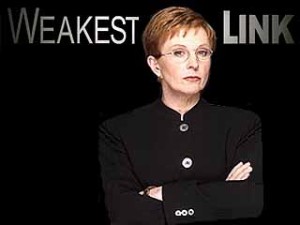 It has long been understood that if you’re going to increase customer loyalty among your end-users, then your organizations should be building their customer loyalty strategies around three basic drivers:
It has long been understood that if you’re going to increase customer loyalty among your end-users, then your organizations should be building their customer loyalty strategies around three basic drivers:
- Product and service differential
- Improving brand impact
- Improving perceived product value
But this doesn’t tell the whole story. Conversely, a study by our friends over at CEB has found that end-user loyalty is not being impacted primarily by these traditional drivers, but rather by one important element: the end-user’s buying experience or what they experience throughout the sale. When we talk about sales experience, it’s more than just delivering on your product and/or company promises; additionally, it includes providing insights and added value to the customer. In other words, a salesperson should be capable of doubling as a trusted advisor—certainly no easy task.
How do these findings impact channel organizations? Well, to be frank, this discovery makes many of us VERY uncomfortable. For the most part we are in full control of executing our strategy when it’s based around the traditional pillars of product and service differential, improving our brand impact and improving our perceived product value. In fact, we have very talented people in our marketing teams working on these areas every single day.
But when it comes to controlling our channel partners’ salespeople and sales engineers, to ensuring they are providing a good end-user buying experience for our product, our confidence is a lot less assured. Without having our hands physically in the mix, it can be hard for us to trust that due diligence is being exercised. So I can totally understand why this is prospect might be, shall we say, scary to certain Channel organizations. But I’m here to reassure you that the end-user’ buying experience is actually not out of our hands; in fact, we can exert some measure of control.
For starters, there’s been significant innovation in the area of how to better influence and train our channel partners’ sales people. Arming them with the right content at the right time is one area where we’ve seen a big impact, with companies like SproutLoud and Allbound leading the way. But perhaps the best levers to pull when it comes to this challenge may also be the most obvious: incentivizing them to do the things that make them stronger, more trusted advisors to your end-customer.
For example, HMI Performance Incentives helps companies reward these important influencers for 1.) Completing training quizzes so that they become more informed, more confident and comfortable, and ultimately more influential during the sales experience. Other methods include rewarding your partners’ salespeople for 2.) Getting your team involved in the sale early on, 3.) Rewarding for new account introductions, 4.) Early deal registration, or 5.) Setting up professional Demo or placing POC (Proof of Concept).
So, just because the territory is unfamiliar doesn’t mean it’s impossible to navigate. Don’t you feel better now? I sure do.
As always, send me a note if you’d like to discuss or talk through some of these ideas together. And feel free to join in on this conversation at Move the Channel Group, your exclusive destination for Channel insights and innovation.
Move the Channel,

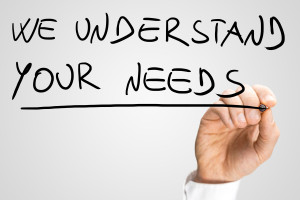

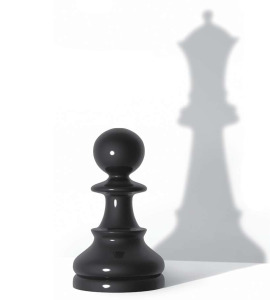
 ‘Tis the season for the BIG Q4 Push! The time has finally come to reap the fruit of all the hard work and planning undertaken in the past year. The pressure is high to bring in as many deals as possible before the EOY, with many a bonus depending on it. Without fail, companies are trying to find that next gear to help them finish the year on a high note. But after developing your business model and making investments to achieve the aggressive growth goals set by your company and stakeholders, are you rolling out a BIG year-end Promotion Dud?
‘Tis the season for the BIG Q4 Push! The time has finally come to reap the fruit of all the hard work and planning undertaken in the past year. The pressure is high to bring in as many deals as possible before the EOY, with many a bonus depending on it. Without fail, companies are trying to find that next gear to help them finish the year on a high note. But after developing your business model and making investments to achieve the aggressive growth goals set by your company and stakeholders, are you rolling out a BIG year-end Promotion Dud?




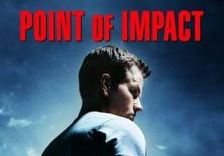
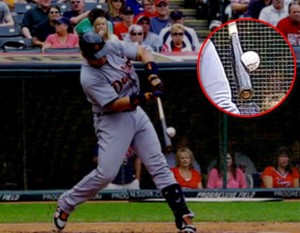
 First to be clear, when I refer to the “weakest link” I am not talking about channel stakeholder but the communication to or engagement of that channel participant.
First to be clear, when I refer to the “weakest link” I am not talking about channel stakeholder but the communication to or engagement of that channel participant.